The Complete Guide To Use Textures in Interior Design
11 Mins Read
January 22nd, 2024
Jump ahead to:Textures in Interior Design
Whenever you want to make your space look beautiful, visually appealing, and enchanting, texture comes into the picture. It is regarded as a complementary foundation of interior design that helps to fabricate seamless space that ignites beautiful composition and designs in your room.
So let us understand the meaning and concept of texture in interior design. It refers to the surface quality of a material. For example, take your winter shawl out, and it must be smooth, woven, and embellished. Yes, that’s called texture. On similar lines, texture in interior design helps to dictate how a room feels at first glance. It will have a powerful impact on the tone and visual weight of your room.
Hence, texture is a pivotal part of interior design. Many times, it is often overlooked and seems to be forgotten about, but it has a magical power to add depth and beauty it can add to a room. If you want your room to pop and be the centre of attraction for all your visitors, you cannot miss adding texture when designing a new interior scheme.
Read also – 15 Tips To Choose Materials and Finishes for Interior Design
After understanding the texture in interior designing, we should also imbibe the importance of texture in interior design.
Has this ever happened to you when you look at your room and feel that something is missing or incomplete in spite of the fact that all the components of a design are there, like the colour scheme, furniture, décor items? If yes, the short and quick answer to this problem is – Texture.
If your room misses the pinch of texture, you will always feel a little flat about your room. Here is the rundown of the importance of texture in interior design –
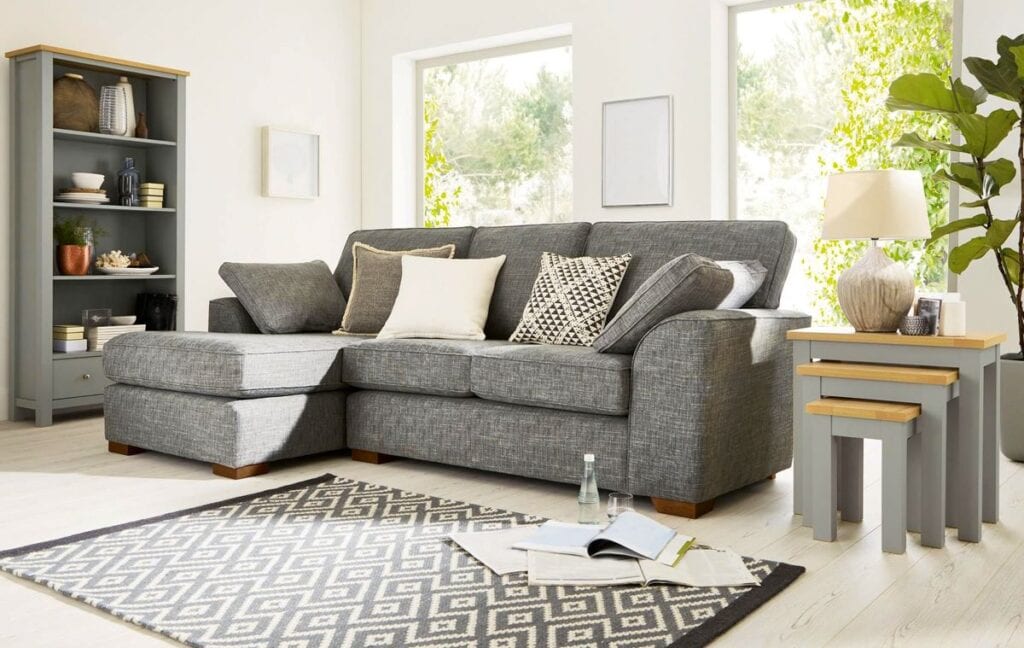
Image Credit: mymove.com
1. Texture provides balance:
Contrast is essential when you want your design to look balanced and soothing to the eyes. When you add texture in interior designing, the most important elements pop and are able to strike the perfect balance between different elements to avoid any restraint.
With the help of texture, you can choose a prominent focal point. For example, when we use a monochromatic or analogous colour scheme, we choose some contrast items that add harmony and balance to the space.
2. Texture provides Visual poundage and weight:
Visual weight has the power to draw attention to itself. A healthy dose of texture to your design adds more value and makes space more adorable and attractive. Do you remember colour theory, where we were taught how warm or cool color could affect how a space discerns?
On similar lines, texture makes space feel more intimate or smooth as per the nature of the room/space. You need to decide the type of texture you want to put in, and that will demarcate the visual weight.
Read also – Importance of Accessories in Interior Design
As mentioned earlier, texture states how the object feels when you touch it. It is clear that it depicts any tactile items. But, you can also feel the texture of the space by gazing at it. So you see, there are two different textures in interior design.
Visual texture influences the mood and ambience of the room, whereas tactile creates an impression. Let’s understand both the terms in detail –



Image Credit: interiordesignstudent.com
1. Tactile: It is produced through the physical surface of the space like smooth, hard or rough to touch. It is basically the 3D characteristics that you can feel. Tactile texture is three-dimensional because it has height, width and depth. A fuzzy chair cover is an example of this type of texture.
2. Visual: It is an illusionary or simulated form of texture that is made to appear totally different from the way it feels to the touch. Visual texture is two-dimensional because it lacks actual depth. It is a trait of a two-layered figure or a two-layered rendering of a three-layered object that portrays its surface qualities. This includes fur, canvas, wood grain, sand, leather, satin, eggshell, matte, or smooth surfaces such as metal or glass.
Read also – 10 Most Popular Types of Interior Design Styles
All that reasoning as to why you should use texture, its importance, and different textures available if you have no clue on where texture can be placed in interior design, all the efforts will go in vain.
So here is the exotic list that suggests where you can add texture to a room:
So applying the texture outrightly depends on the way the elements of the design have been used in the room and the outcome that the designer has planned as per the blueprint provided. However, generally, you can use texture in interior designing in the following ways-
1. Use Texture with Light – Rough textures proffer a warm feeling as they reflect less light and hence make the object look more rustic and add weight. On the other side, smooth and shiny textures give a pristine and modern look as they reflect more light and offer a cool impression to the living space.
2. Use Texture with Scale – Scale is another component that you can use with texture. It will make the room look lighter and give the right kind of texture.
3. Use Texture with Color – Color and texture, when utilized properly, supplement and complete each other impeccably. Intensely finished items will ricochet less light, and, in that capacity, they give a dim shade to the color plan of the room.
Read also – The Definitive Guide To Space Planning in Interior Design
Want to give a fairy touch to your sweet room? Adding interest to a room is really simple with textural elements. Fortunately for you, there are sneaky and subtle tips to add some great textural accents-
You can add organic succulents to your room like artisan ceramics, woven baskets, raw geodes, and wooden spheres to add some smooth textures. This will help to give a tactile and presentable look to your space and spread calmness, warmth, and serenity. After all, incorporating natural beauty has its own everlasting appeal and charm.
Read also – 15 Easy and Healthy Houseplants To Grow Inside Your Home



Image Credit: pinterest.com
Believe it or not, the beauty of sculptural wall decor is completely irresistible. These sculptural wall decors count a pinch of personal touch and raised textures that make a design statement in your home.
Use metal wall art, macramé wall hangings, and archaic signs in various styles such as modern, bohemian, and country. It will definitely make your room more beautifully and texturally balanced.
Read also – 20 Best Wall Decor Ideas



Image Credit: limeroad.com
What if you can add comfort and texture to your room? Yes, you heard this right. Try incorporating layering pillows and throws pillows to make your space humming with touchable textures. Add a cherry on the cake by using some lavish throws draped over a chair or bed edges.
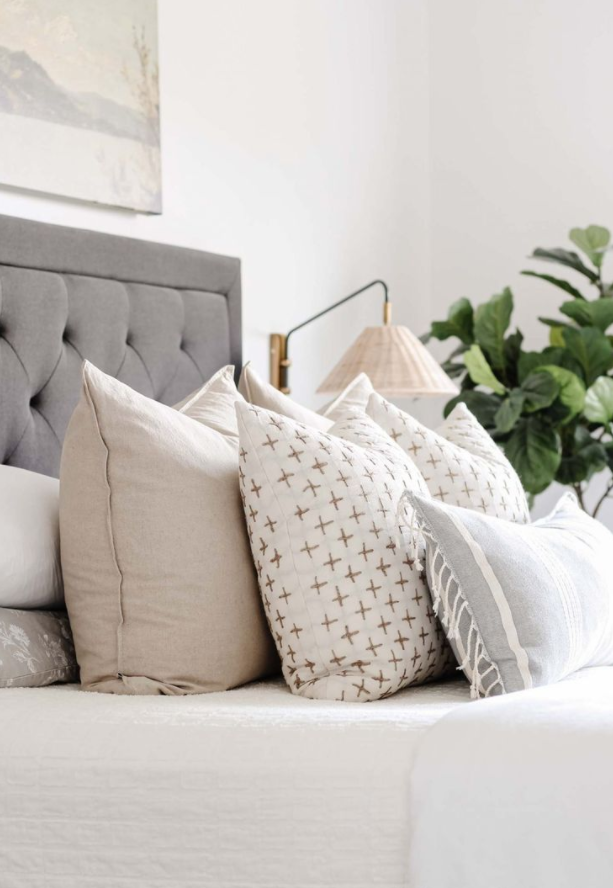


Image Credit: pinterest.com
What can add more texture than a wooden grain? So why not consider buying a piece of wood furniture or a shiplap wall into your home? Yes, it’s super economical and looks similar to real wood flooring. With this, you can transform your space into a masterpiece. Wooden grain looks alluring and proffers a textural look to your room with ease.
Read also – 11 Modern Rustic Interior Design Ideas
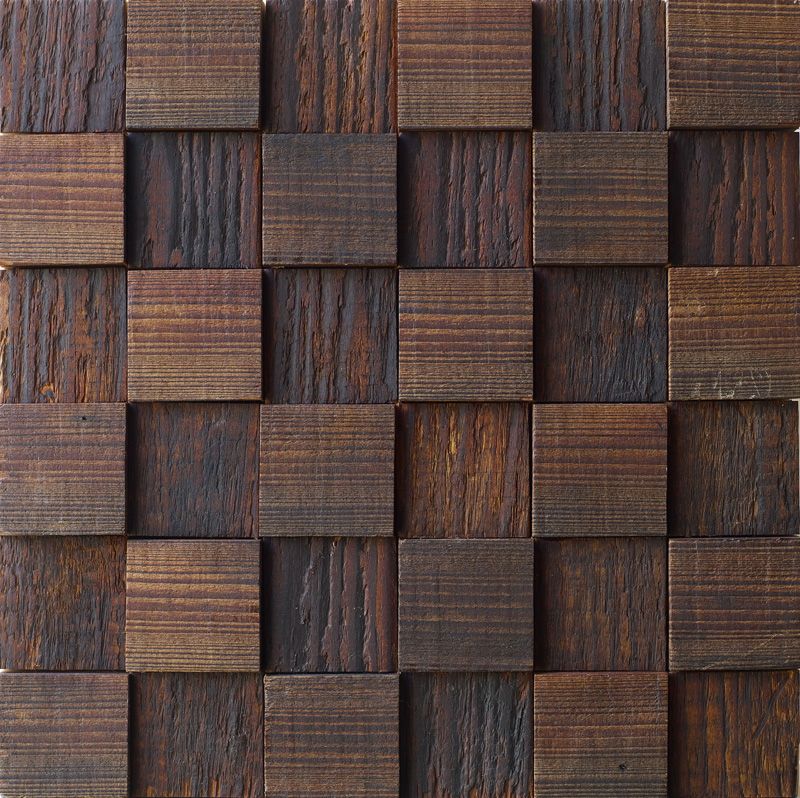


Image Credit: pinterest.com
We all agree that in all the elements of interior design, texture also has an important role to play. Similarly, to integrate texture, you can use architectural elements like simple crown molding, wainscoting, picture molding, or beadboard on the ceiling. These elements infuse depth and dramatic character that will take your room to the next level.
Read also – The Difference Between Architecture and Interior Design
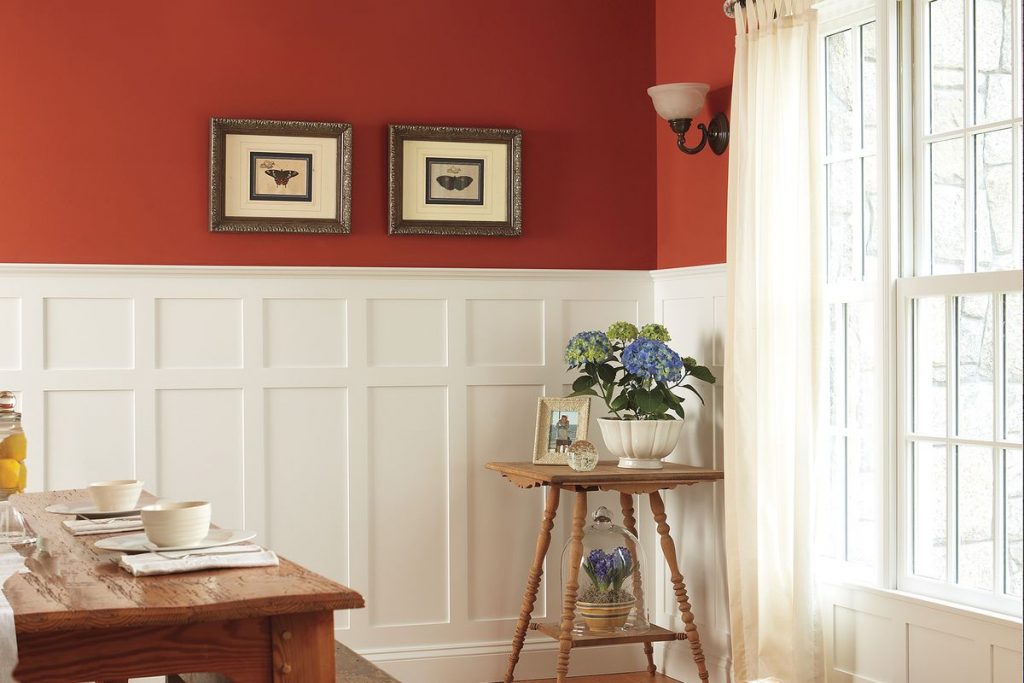


Image Credit: thisoldhouse.com
If you think that texture can only be added with fabric, you’re mistaken. Yes, it can be applied to different materials to instill a sense of warmth and to fabricate design style. For example, different upholstery techniques. Tufted upholstery makes a visual texture.
On the off chance that you don’t know about the look, start by consolidating a little piece like a tufted footstool. Buy a pack of nailhead tacks and spruce up a deadened seat. Making a tufted headboard will give your room a rich look and feel. Pintucked blankets, pillows, and draperies change the level mesh texture into wonderful home decor.
Read also – 9 Amazing Master Bedroom Ideas
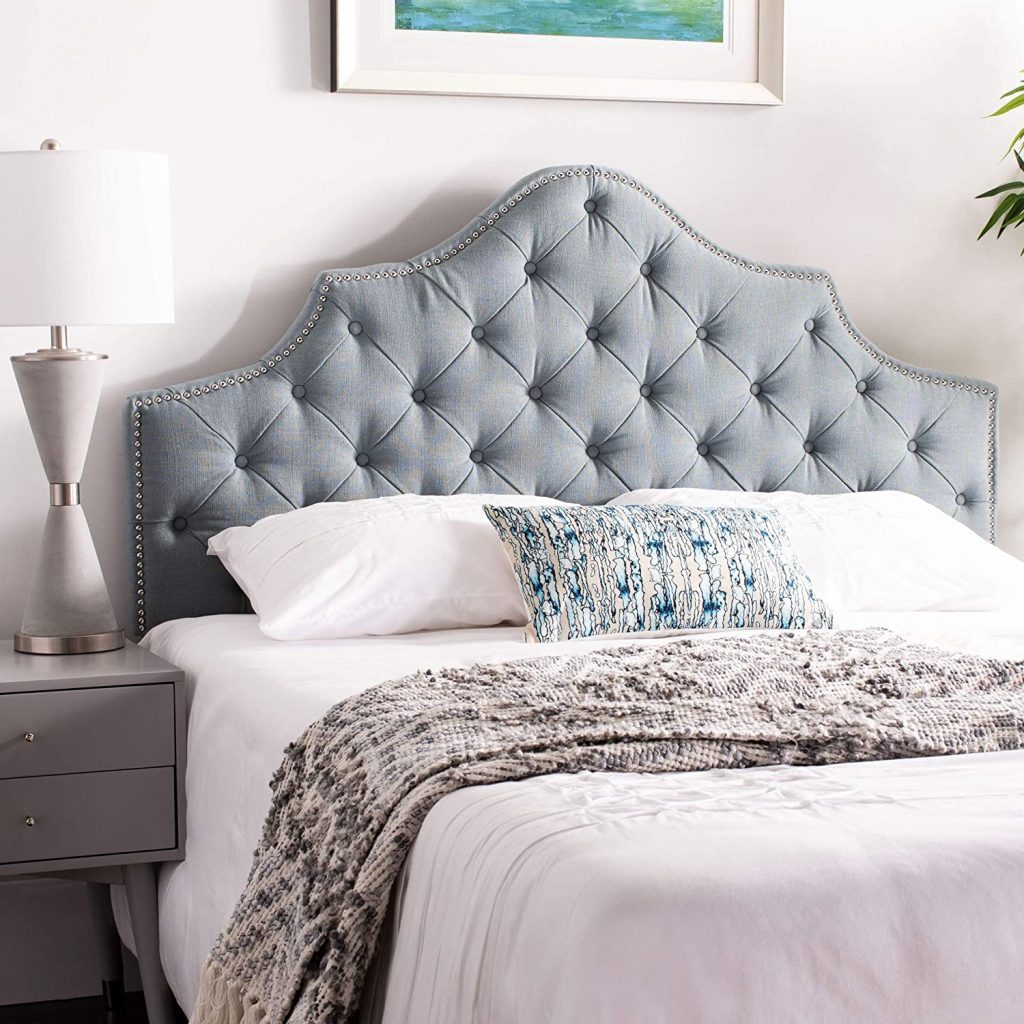


Image Credit: amazon.com
Smooth and irregular surfaces deliver a room with a distinguishable personality. To give a tactile feel, you can install a wall of piled stone, a glass tile shower, slate floor tiles, or a weathered brick exterior. Other masonry and tile surfaces will make the space visually appealing and sense of touch.
Read also – 8 Best Ways to Tell Your Story Through Interior Design
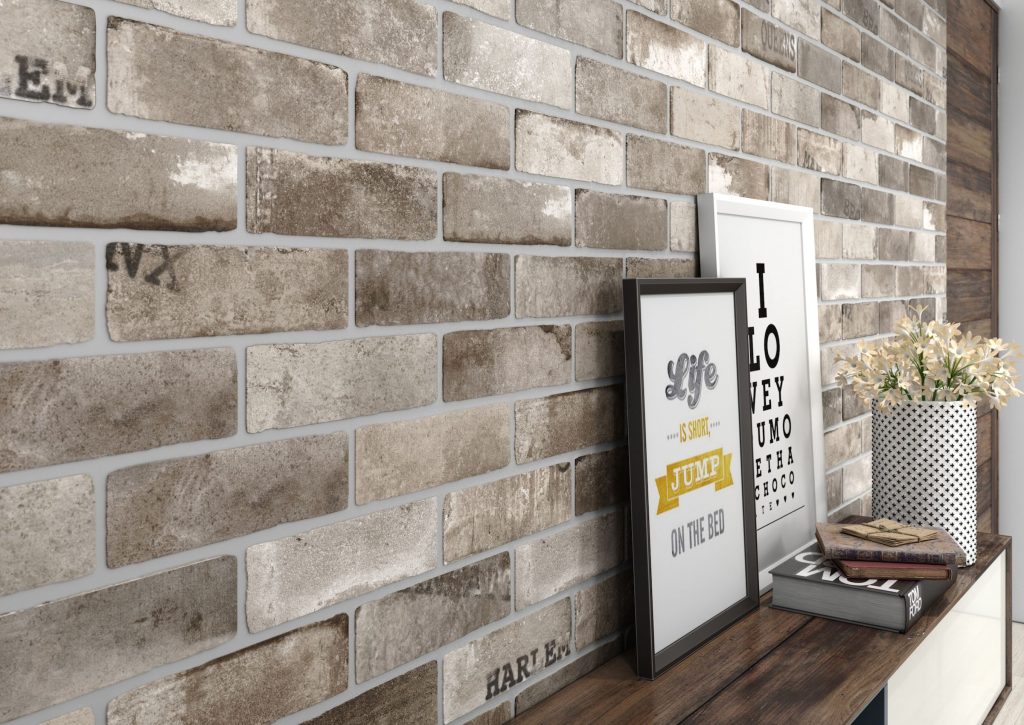


Image Credit: wixstatic.com
We understand your situation that when you are planning for wallpapers, you tend to choose regular ones over others as it is a safer bet. But, textural wallpaper makes everything extra special and appealing to the eyes. Styles like grasscloth and cork are all that you need right now.
Read also – 20 Common Interior Design Mistakes
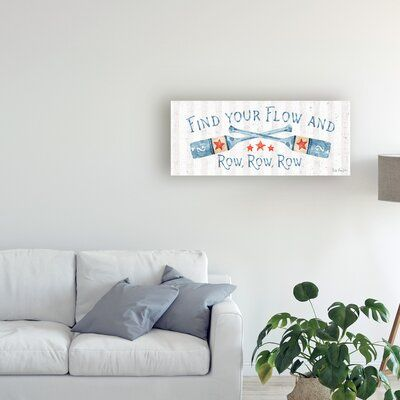


Image Credit: pinterest.com
As a designer, to give the best home designs, you can’t afford to miss adding the amalgamation of different textiles. Use a combination of textiles to enhance the overall look of the room and give a decidedly sensuous feel. A fiber mat-like or jute mirror makes it fascinating and surprising underneath. Silk draperies add a sheen that cotton stuff can’t beat.
Read also – Top 20 Neutral Paint Colors for Interiors
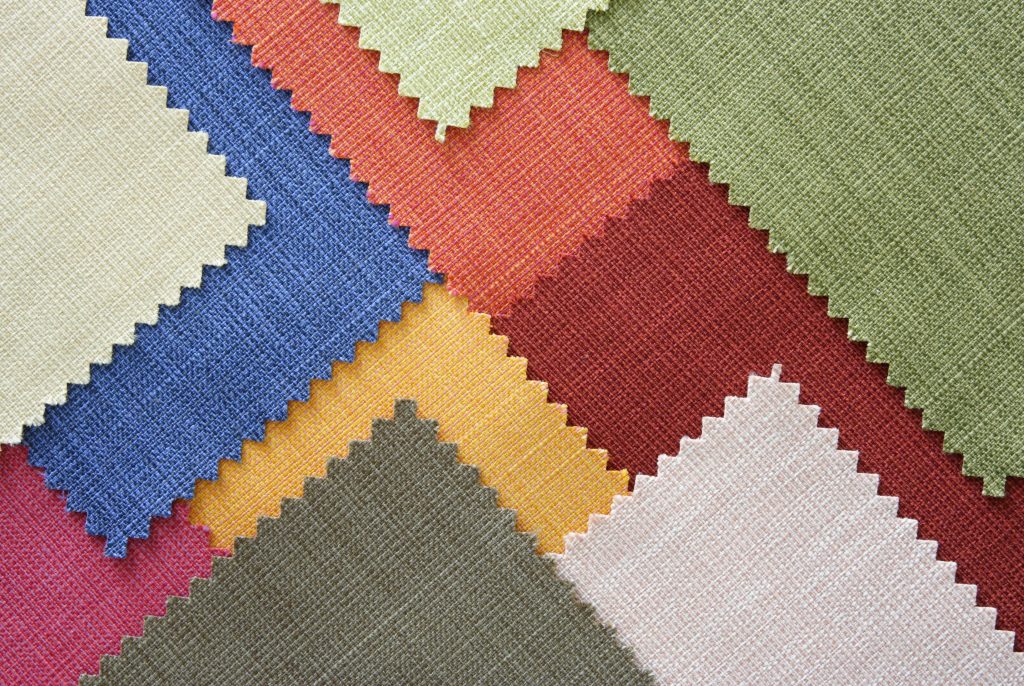


Image Credit: linkedin.com
Design tips are incomplete if animal instincts designs cannot be incorporated. Distressed leather adds a sense of warmth and natural texture. Fluffy fur, mink, cowhide, cheetah, or Mongolian lamb accessories will amplify the overall space outlook and make your design getting appreciated by all.
So with these design tips, you can easily win hearts. These design tips should be given serious consideration to getting the best results.
Read also – 20 Best Furniture Brands To Upgrade Your Home Interiors
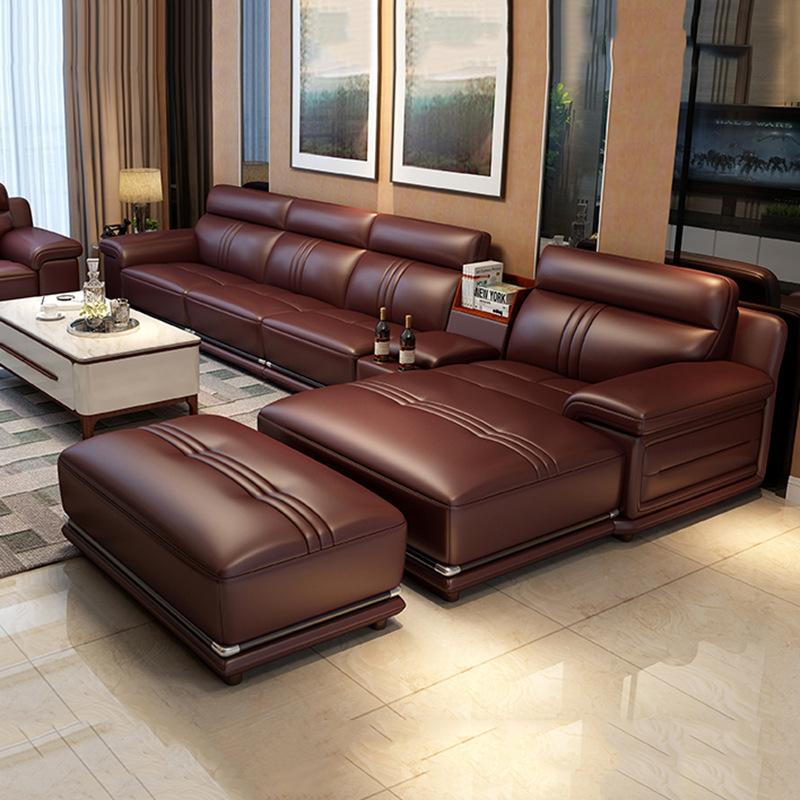


Image Credit: shop.gkwretail.com
Want to get some quick guidance to kickstart interior designing? Well, Foyr Neo is a leading online interior design and 3D rendering software used by millions of interior designers as a design tool to make their work fast and easy.
Here, designers of all levels and experience can use this software to execute large-scale projects with ease, and even naive designers can use this technology to scale their assignments efficiently.
Furthermore, it doesn’t take up a whole lot of space due to its incredible cloud computing feature. It saves time and money on licensing. Anyone can create absolutely remarkable home designs with these design tools. Foyr Neo is now available for a 14-day free trial, allowing you to explore the potential of infinite creation.
If you choose a rug to brighten up your bedroom or a shiny wooden coffee table to cherish and bring back those old memories, the value and importance of texture are clear. Without it, color schemes or design elements are incomplete.
As a designer, you need a knack for textures and styles and should know which textures go best with the room design. Textures are the perfect elements to elevate your interiors to the next level. So don’t think twice before implementing it.
Using Foyr Neo is as easy as 1, 2, 3. First, upload a floor plan or create one from scratch. Then drag and drop from over 60K 3D models to fill your rooms. Lastly, just set the shot and let the AI create stunning 4K renders for you in less than 10 minutes.
Start your 14-day free trial

No Credit Card Or Download Required


Specially built for Interior Designers



